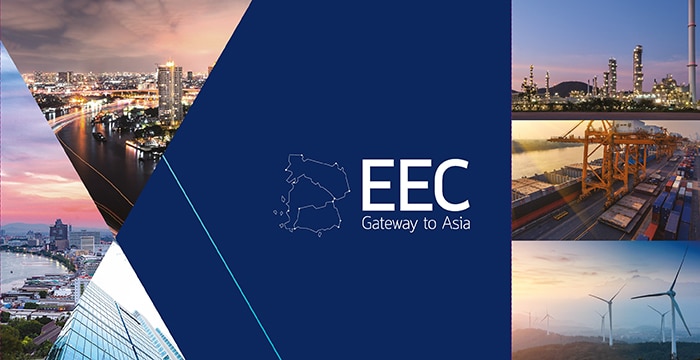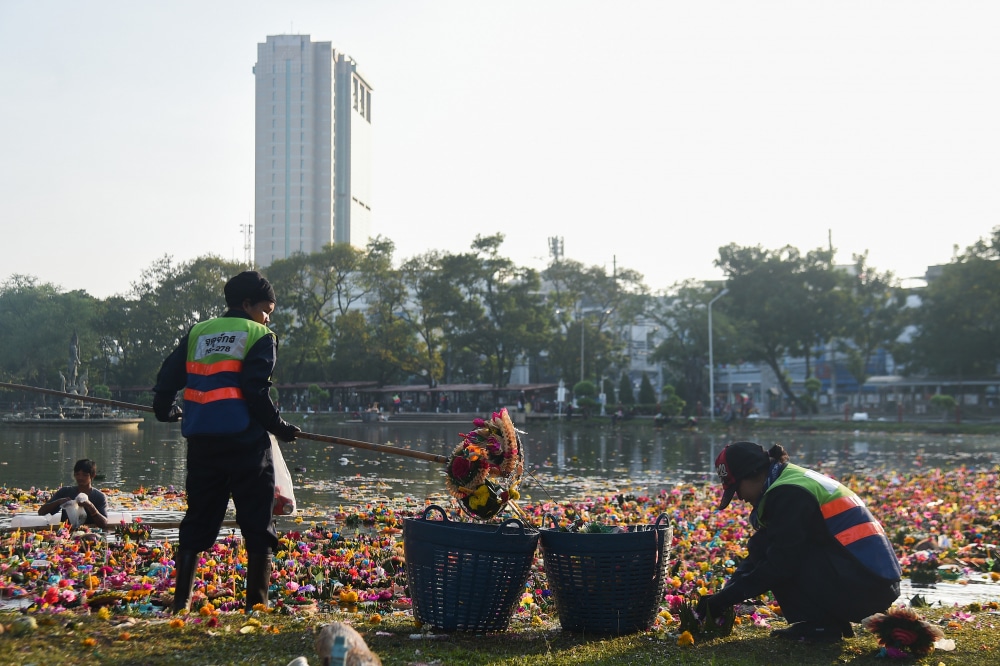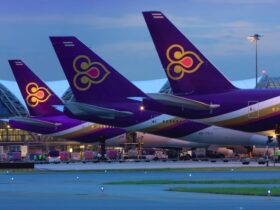The EEC Policy Committee has just approved a comprehensive 5-year development plan from 2023 to 2027, aiming to drive economic revitalization and establish the Eastern Economic Corridor (EEC) as a dominant global economic force. The agreed strategic blueprint aspires to attract an impressive 500 billion baht in investments over the defined time, which will result in a yearly influx of around 100 billion baht. The foundation of this strategy involves not only an economic rejuvenation but also the attraction of enduring investments, demonstrated by the endorsement of 10-year visas for investors involved in specific businesses within the EEC, scheduled to be implemented in the upcoming year.
Leading this groundbreaking endeavor is Deputy Prime Minister and Commerce Minister Phumtham Wechayachai, who presided over Friday’s committee meeting, offering valuable perspectives on the ambitious development strategy. The comprehensive strategy aims to achieve a complete transition by implementing five carefully designed development strategies. These strategies are intended to guide the EEC towards sustainable growth, technical innovation, and global recognition.
The primary aspect of the strategy centers on a carefully crafted plan to encourage investment in specific industries and upcoming services. The EEC, which is already a hub of industrial innovation, aims to attract investments that are in line with growing trends and technical breakthroughs, thus moving the region to the forefront of global industry.
Concurrently, the second strategy focuses on improving the effectiveness and usage of infrastructure and public utility systems. The Eastern Economic Corridor (EEC), which includes provinces like Chonburi, Rayong, and Chachoengsao, has the objective of establishing a well-connected infrastructure network that not only meets the current requirements of industries but also prepares for future demands, promoting continuous economic growth.
The third strategy prioritizes the development and utilization of human capital in response to the ever-changing technological world. The plan involves a comprehensive effort to improve the abilities of the workers, guaranteeing their ability to adjust to technological advancements and promoting a culture of creativity. The EEC’s dedication to staying ahead of technological progress is highlighted by its focus on enhancing skill development. This ensures that its workforce is well-equipped to meet the future’s evolving expectations.
Furthermore, the development plan expresses a dedication to establishing contemporary, habitable, and occupation-suited urban areas. With the evolution of the EEC, urban planning becomes increasingly important, focusing on sustainable development, the creation of green areas, and the establishment of an environment that promotes a high standard of living. The objective of this strategic urban development is to allure skilled individuals and enterprises, thereby cultivating a dynamic ecosystem.

The EEC’s vision is centered around the fifth strategy, which aims to link the advantages gained from investments to the sustainable development of communities. This method prioritizes inclusion by ensuring that the economic benefits and opportunities created by the development plan are accessible to all members of the population, thus promoting social and economic inclusiveness.
Deputy Prime Minister Phumtham stated that the main objective is to increase the total investments in the government’s primary industrial zone to a combined amount of 500 billion baht between 2023 and 2027. This corresponds to an annual mean of 100 billion baht, a substantial increase from the existing yearly investment of around 75 billion baht. The development plan’s all-encompassing strategy also seeks to increase the gross provincial product of the EEC provinces by an ambitious 6.3%, indicating strong economic growth.
A vital factor for the success of the EEC is the harmonization of economic expansion with an improvement in the local population’s income and quality of life. The development plan is carefully designed to promote equitable distribution of the advantages of economic growth, promoting a collective sense of advancement.
In line with its dedication to international engagement, the EEC is ready to introduce 10-year visas for investors in specific industries, starting in the upcoming year. The purpose of this strategic maneuver is twofold: to allure international investment and to establish the EEC as an appealing hub for sustained economic involvement.
Besides the economic necessities, the growth plan highlights the EEC’s dedication to environmental sustainability. The strategic emphasis on contemporary, livable cities is in line with green initiatives, highlighting environmentally friendly urban planning and sustainable development approaches.
In the future, the EEC’s growth plan represents a significant step towards converting the region into a thriving economic center. The ambitious objectives, along with the detailed plans described, demonstrate a determined dedication to achieving sustainable expansion, technological progress, and worldwide recognition. This strategic plan places the EEC as a leader in economic innovation and paves the way for significant progress in the coming years, including 2027 and beyond.










